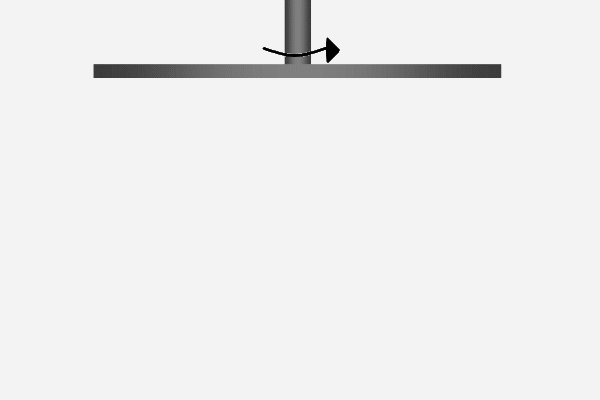| home |
| theory |
| apparatus |
| procedure |
| data |
| bibliography |
| contact |
Welcome to the ZetaSpin website.
The ZetaSpin is a revolutionary device that uses a rotating disk to measure the zeta potential of a disk-shaped sample. The rotating disk generates a streaming potential in its vicinity. Rotation of typical samples 1 cm in radius at several thousand rpm generates streaming potentials from microvolts to millivolts depending on the solution conductivity. A detailed theory for this system allows the user to deduce the zeta potential of a disk-shaped sample from measurement of the streaming potential.

Invented in 2004 by Professor Paul Sides and Mr. James Hoggard (patents pending) in collaboration with Professor Dennis Prieve and Dr. Jeffrey Fagan at Carnegie Mellon University, ZetaSpin provides an alternative to the parallel plate capillary method for determining the zeta potential of planar solids. To learn more about principles underlying the use of ZetaSpin, and to understand the animation above, please visit the theory page. We invite you likewise to visit the other links provided on the left to explore the use of this novel approach. Complete citation information about works referenced throughout the website can be found on the bibliography page.
This website has been brought to you by the terrific work of chemical engineering undergraduates Sam Aigen and Tom Saiget with the support of the National Science Foundation (CTS0338089) and the Department of Chemical Engineering at Carnegie Mellon University, Pittsburgh, Pennsylvania, USA.